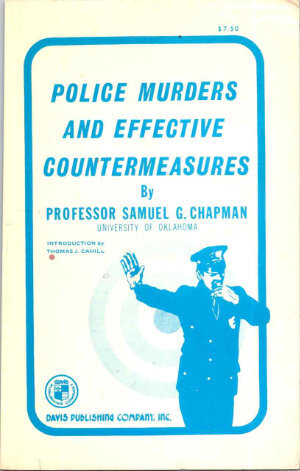EDITED AND INTRODUCED BY HERMANN MANNHEIM
"Pioneers in Criminology" delves into the lives and groundbreaking work of the visionaries who shaped the field of criminology as we know it today. From Cesare Lombroso to Edwin Sutherland, this book explores the theories and methodologies that revolutionized our understanding of crime and criminal behavior. Through meticulous research and engaging storytelling, readers are taken on a journey through the history of criminology, uncovering the pivotal moments and key figures that have influenced this dynamic discipline. Whether you are a seasoned criminologist or simply intrigued by the study of crime, "Pioneers in Criminology" offers a comprehensive and enlightening exploration of the minds that paved the way for modern criminal justice.
MONTCLAIR, NEW JERSEY. PATTERSON SMITH. 1973. 526p.











